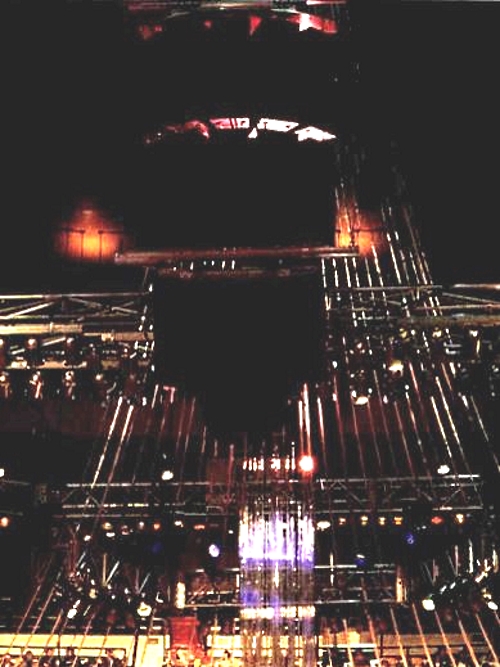
Recent advances in acoustical testing have centered on high resolution techniques, generally employing sine wave sweeps (usually with a tracking filter) or some implementation of Fast Fourier Transform (FFT).
Both methods offer significant benefits in data accuracy, permitting precise tuning of system characteristics, and both allow display of phase data. Of the two procedures, many consider FFT analysis to be the technique of choice, chiefly because it is the fastest when high resolution is required.
In its most advanced implementation for audio applications, 2-channel FFT analysis permits measurements in the presence of an audience using music or voice as the test signal. The acoustics or an empty hall differ radically from one with an audience present.
Therefore, the importance of this technique in sound reinforcement can- not be overemphasized. (lt should be noted that swept sine wave techniques are perfectly acceptable and useful in laboratory situations and, if properly implemented, can offer substantial benefits in the design phase of loudspeaker system development.)
Because, by their very nature, FFT techniques clarify the interdependence of amplitude and phase response, the increasing use of FFT analysis is leading the audio profession to a better under- standing of the concept of system linearity. It has also stimulated the recent development of complementary amplitude and phase equalization circuitry that is optimally suited to correction of loudspeaker systems in physical spaces.
Vastly superior to graphic-type equalization techniques, such circuitry allows the operator to efficiently generate a precise inverse of the amplitude/phase characteristic of the loudspeaker/room system. When the inverse function is inserted at the system signal input, both the amplitude response and the phase response improve.
The next generation of sound system equalization equipment (already in development) will couple complementary equalization with dual-channel FFT analysis under computer control. This will allow in-concert testing and equalization trimming using multiple instrumentation microphones to sample the hall at several locations.
For the immediate future, operating such equipment will constitute a separate job in itself, handled by specially trained technicians.
Stage Monitoring
From the beginnings of concert sound reinforcement, the on-stage monitor system has often been considered a poor cousin to the the main house system. Most of us remember the days when the monitor mix was simply a single extra feed from the house mixer.
Even today, many live sound engineers regard the monitors as one place where they can compromise on quality, in order to free up money for other uses. The situation has been complicated by the fact that the monitor system is the most direct contact point between the sound crew and the on-stage musicians.
In the past, most musicians have been far less technically minded and more inclined to express their needs in intuitive terms.
Working in an environment of high sound pressure levels, vocalists in particular sometimes have favored a fair amount of intermodulation distortion in the monitors, having learned to use such distortion to determine whether a harmony part is in tune.
And, because one wants to satisfy the artists at all costs – in order to remain employed – The temptation exists to seek certain specific types of non-linearities in monitor systems. Until relatively recently, these factors have combined to hold down the quality of monitor systems.
The same forces that are driving main PA systems toward linearity, however, are now also affecting monitors. As the sound quality of concert main systems has become cleaner, the contribution of the monitors to the sound in the house has become more obvious.
Audiences no longer tolerate concerts that are plagued by continuous feedback. And artists, now more technically sophisticated and accustomed to clean monitoring because of their increased recording studio experience, are demanding better stage monitor systems.
The technology necessary to satisfy these demands has existed for some time, and is now seeing wider use. As stage monitor engineers are increasingly seen to be full partners in a total sound reinforcement picture, the same technical advances that apply to the main system will also be employed in the monitor system.
For example, the process of “ringing out” the monitors with graphic-type equalizers will gradually be replaced by high resolution measurement and complementary equalization. This will allow higher gain before feedback and will result in much better sound quality – both onstage and in the house. The inherent complexity of monitoring systems and the need for efficient testing will help in turn to spur the development of more intelligent, flexible and user-friendly analysis equipment.
In the long run, it seems inevitable that we will come to view the monitor system as a fully integrated component of a single, larger system that includes the main PA. This is as it should be, since the two are not really functionally separate – any changes in gain or equalization at the monitor level also affect the house system.
Technical and logistical solutions will consequently have to be developed to attain efficient global optimization of system performance, while simultaneously allowing the flexibility and control necessary to provide performers with the monitor mixes they require.
